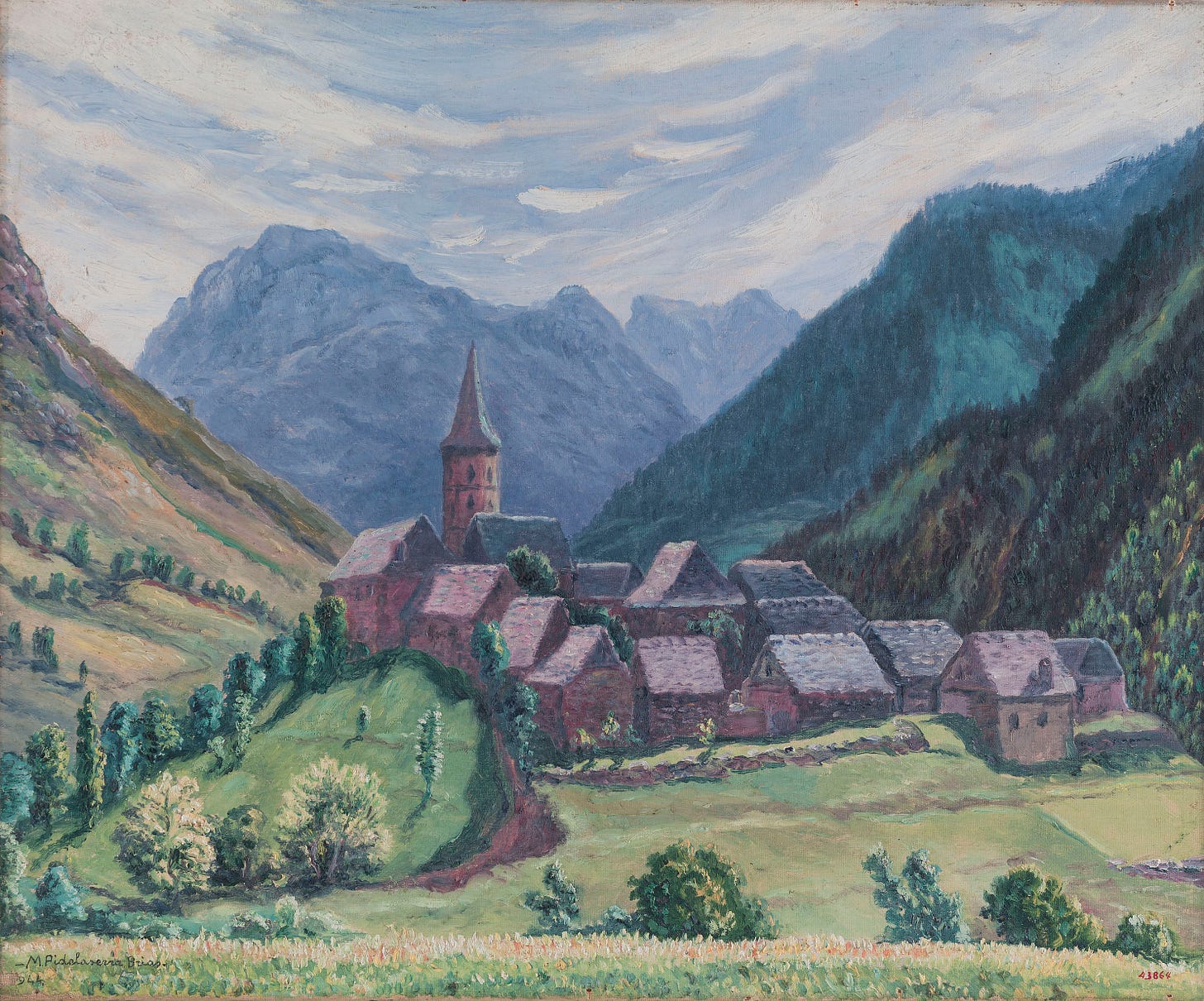Once upon a time
people who knew the Way
were subtle, spiritual, mysterious, penetrating,
unfathomable.
Since they’re inexplicable
I can only say what they seemed like:
Cautious, oh yes, as if wading through a winter river.
Alert, as if afraid of the neighbors.
Polite and quiet, like houseguests.
Elusive, like melting ice.
Blank, like uncut wood.
Empty, like valleys.
Mysterious, oh yes, they were like troubled water.
Who can by stillness, little by little
make what is troubled grow clear?
Who can by movement, little by little
make what is still grow quick?
To follow the Way
is not to need fulfillment.
Unfulfilled, one may live on
needing no renewal.
Tao Te Ching by Laozi (translated by Ursula K. Le Guin)
VALLEY
The valley represents soil’s fertile moisture, it is an image of a humble life and it is the mystic place of the shepherds. Faced with the immensity of the mountains, we find a secure port of comfort and serenity. The valley is a resting space, an environment for calmed observation which can lead to an internal transformation. Taoist tradition emphasizes the receptive nature of the valley, an empty place open to the influences of the heavenly heights: a channel of confluence of the water of the upper world. Tao insists on the importance of staying at a lower level, in non-action, in receptive humility to fertile influences. For the Sufis, the valley is a passage, the equivalent of a spiritual pathway. The magnum opus of the Persian poet Farid al Din Attar, "The Language of Birds", is a mystic epic in which we follow the journey of thirty thousand birds through the seven valleys in search of Simurgh, the bird king. In various traditions, it also represents the states of emotional lethargy, the valley shadow is darkened by colossal fears and distressing burdens. The Christian phrase "vale of tears" —in Latin vallis lacrimarum— refers to the sufferings of human life on earth that we only leave behind when we die. The biblical vision of Ezekiel of a dry bone valley takes a prophetic sense when it is transformed into a place of hope and consolation. The great necropolis of the Valley of the Kings of ancient Egypt transmits the same force of a silent place, a huge monument to inner observation, an emblem of immortality and rest.
“Live a life of friction. Let yourself be disturbed as much as possible, but observe.”
G.I. Gurdjieff
Els antics mestres eren profunds i subtils.
La seva saviesa era insondable.
No hi ha manera de descriure-la;
l’únic que podem descriure és la seva aparença.
Eren cautelosos
com qui creua un rierol glaçat;
desperts, com un guerrer en territori enemic;
atents, com un hoste;
fluids, com el gel quan es fon;
mal·leables, com un tros de fusta.
Receptius, com una vall.
Clars, com un vas d’aigua.
¿Tens la paciència d’esperar que el teu fang es decanti i l’aigua sigui clara?
¿Pots restar immòbil
fins que l’acció justa esdevingui per si mateixa?
El Mestre no aspira a la plenitud.
Sense aspirar, sense expectatives,
està present i a tot dona la benvinguda.
Tao Te Txing de Lao Tzu (traducció de Manuel Garcia i Sanz)
VALL
La vall representa la humitat terrenal, es tracta d’una imatge de la vida humil i és l’espai místic dels pastors. Davant la immensitat de les muntanyes, trobem un port segur de confort d’immobilitat i serenor. La vall és un espai de repòs, d'observació pausada, que pot donar lloc a la transformació interior. La tradició taoista remarca la naturalesa receptiva de la vall, un lloc buit i obert a les influències de les altures celestials: un canal de confluència de l’aigua del món superior. El Tao insiteix en la importància de mantenir-se en un nivell inferior, en la no-acció, en la humilitat receptiva a les influències fèrtils. En el sufisme, la vall és un passatge, l’equivalent d’una via espiritual. L’obra magna del poeta persa Farid al Din Attar, “El Llenguatge dels ocells”, és una epopeia mística en què seguim el viatge de trenta mil ocells a través de les set valls a la recerca de Simurgh, el rei ocell. En diverses tradicions, també representa els estats de letàrgia emocional, l'ombra de la vall s'enfosqueix per pors colosals i càrregues angoixants. L’expressió cristiana “una vall de llàgrimes” —en llatí vallis lacrimarum— es refereix als sofriments de la vida humana a la terra que només deixem enrere al morir. La visió bíblica d’Ezequiel d’una vall d’ossos secs agafa un sentit profètic quan es transforma en un lloc d’esperança i consol. La gran necròpolis de la Vall dels Reis de l’antic Egipte transmet la mateixa força d’un espai d’instrospecció silenciosa i profunda observació, una emblema de la immortalitat i el descans.
“Viu una vida de fricció. Deixa que et molestin tant com sigui possible, però observa.”
G.I. Gurdjieff















